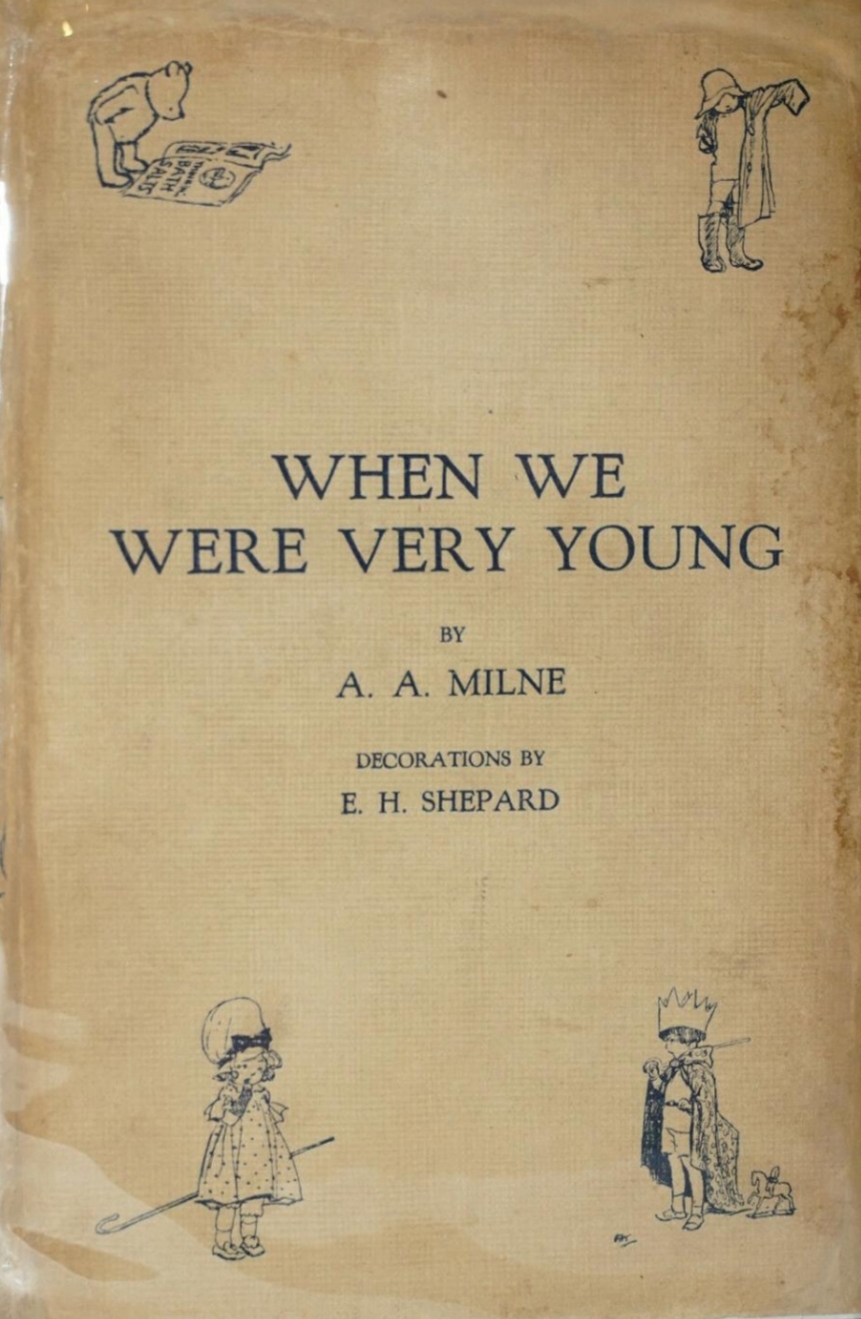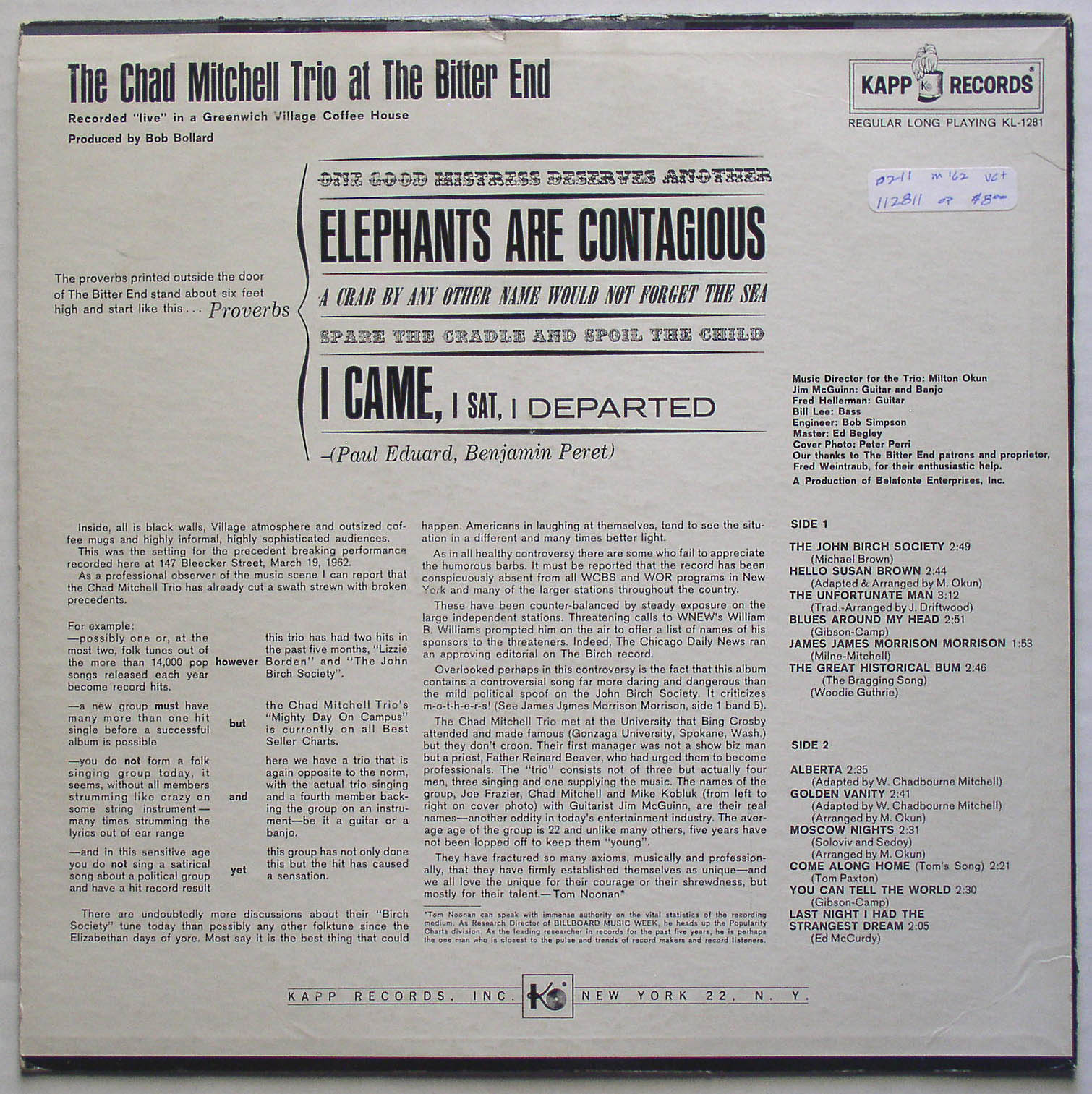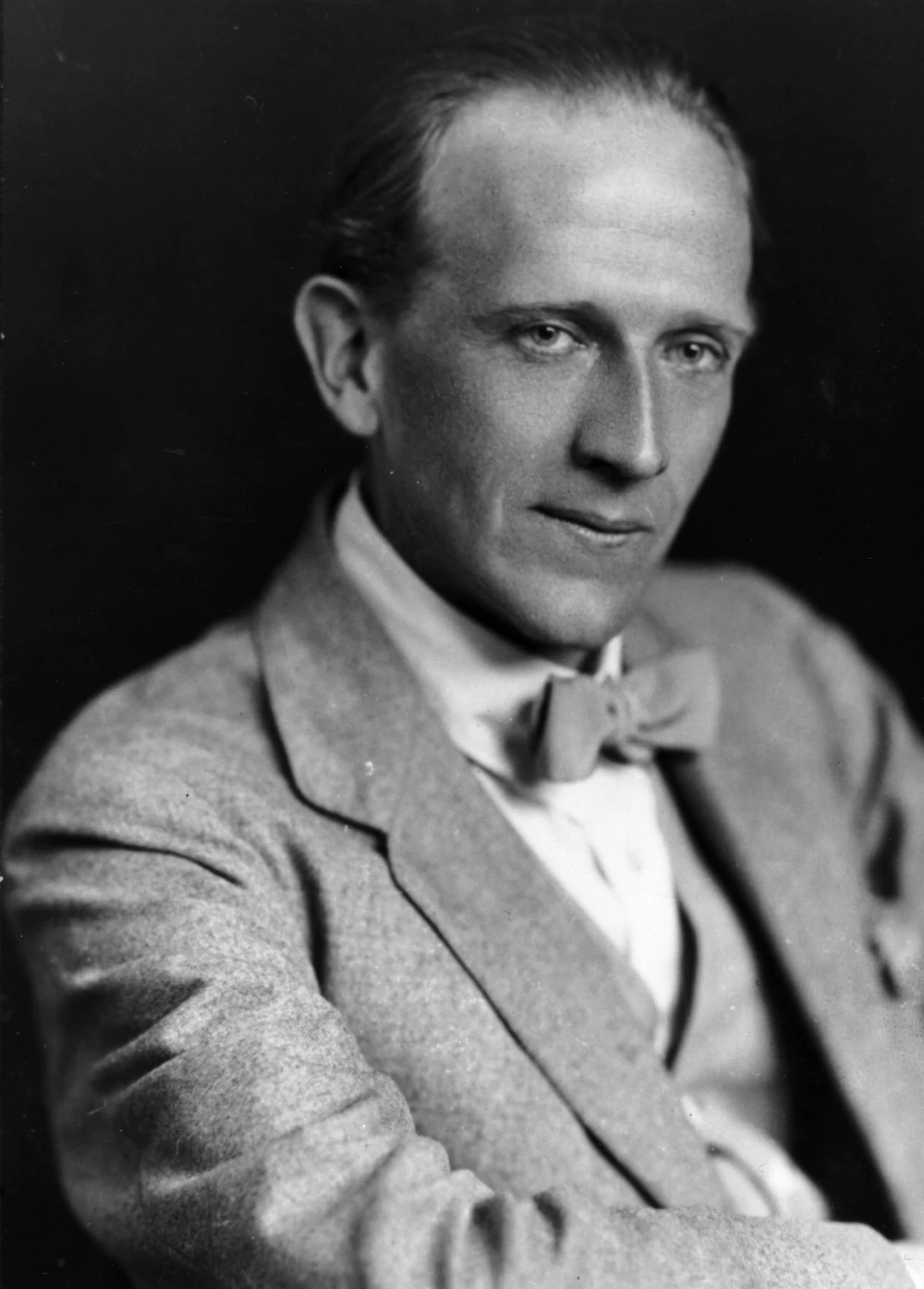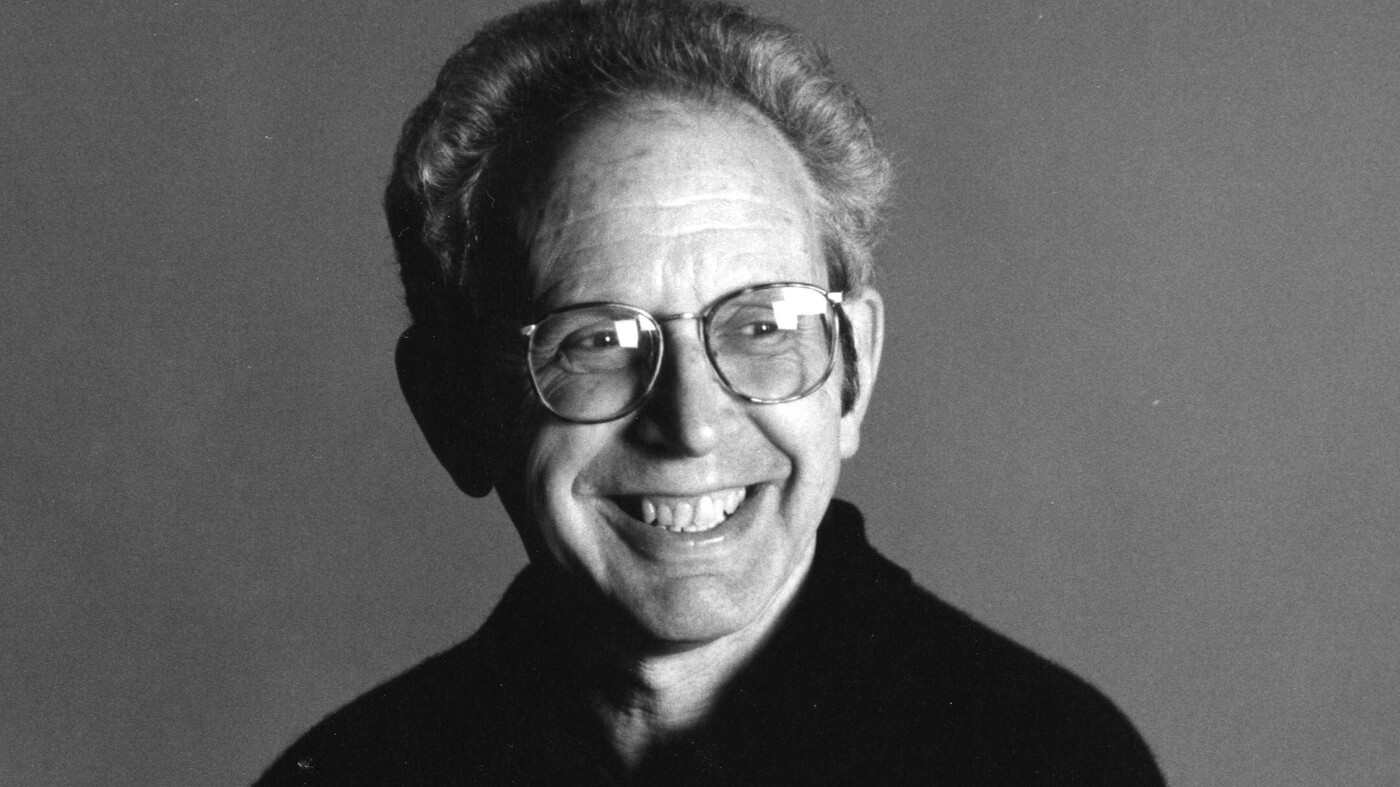NO ONE HAS TO KNOW (from "The Marvelous Mrs. Maisel")
Lyricist Tom Mizer
I interviewed the funny, frank and insightful Thomas Mizer about "No One has to Know," one of the songs he and composer Curtis Moore have written for the Amazon series "The Marvelous Mrs. Maisel." Even if you aren't a fan of the show (though why wouldn't you be?), you have to be impressed by the production values. The art department, costumers, hair stylists and others recreate the late '50s and early '60s in amazing detail. Perhaps the most difficult challenge in this regard is the creation of original songs, which falls to Mizer and Moore.
The producers could have used existing songs from that era - say a Johnny Mathis hit - but chose to use new music instead. When a character in the series is a historical figure, such as comedian Lenny Bruce, their actual material can be used. When a character is fictional, such as the titular Mrs. Maisel, the writers have to come up with an original act authentic enough to make us believe it would have been fresh and funny fifty years ago.
So it is with Shy Baldwin, the popular singer who plays a key role in the third season of "The Marvelous Mrs. Maisel." While he calls to mind a few vocalists from that era, he is not just a copy or an homage, he is a unique and complex fictional character. How do you write a song that not only sounds like it's from that time, but also is good enough to have been a hit? On top of that tall order, you also have to use it to advance a major plot point?
"No One Has to Know"
The show's creator and executive producer, Amy Sherman-Palladino, wisely turned to Mizer and Moore, the award-winning duo who write songs for stage and screen. Thomas is the lyricist, Curtis the composer. Their efforts for the series have been recognized this year with an “Outstanding Original Music and Lyrics” Emmy nomination for another Shy Baldwin song, “One Less Angel.” Let's wish them luck when the award is handed out this month.
To me, one of the most powerful moments in "Maisel" is when Shy pulls up a stool in the middle of his show and slows things down with a beautifully aching ballad filled with subtext. Getting to talk to Thomas about this song proved to be a very rewarding peek behind the creative curtain.
Note: While "Maisel" is not a show that relies on surprising twists and reveals, some plot points from the most recent season are discussed below, so be forewarned if you have yet to watch it.
Another note: All of these great photos were provided by Thomas Mizer.
 |
Thomas Mizer
|
1 - When I asked if I could interview you
about "No One has to Know," you mentioned that this song is very
personal to you. How so?
Tom Mizer: The
song means a lot to me for many, many reasons—professionally and personally—but
I think there are two in particular that stand out.
First,
Shy’s situation is incredible compelling to me. To seemingly have it all as a
famous star and yet not be allowed to speak your heart, your truth, except
through the disguise of a “pop song” breaks my heart. As a gay man, I can’t
help but think of my privilege living in this era where I can have what was
unthinkable to Shy; I’m married for goodness sake. I think of the real men and
women of his era, particularly those of color, who raised their voices and
paved the way for me to live my life without having to hide myself behind coded
language in a song.
But
also, those lyrics are me. I was, how shall I say it, not particularly
successful in romance as a young man. I would pine for love, be friends with
people I couldn’t admit I was infatuated with, but assume it could never be. I
tried to be that Tom when I wrote the lyrics. That lost romantic is/was
me. I think maybe we’ve all been there, gay or straight, and it brings back
that hopeful/hopeless feeling.
2 - Given how important this song is to Shy
Baldwin's storyline, did you work from a script or were you just given a
general directive about what role "No One" needed to play?
TM: The
crazy truth is the very first seeds of the song were written BEFORE we knew Shy’s
storyline. Amy Sherman-Palladino had asked us to write some songs for Shy and
the Silver Belles and, in those first conversations, she gave us a very clear
set of musical inspirations but no story inspirations.
We
were initially just trying to see if we could find the right voice for Shy, if
we could write songs that would create a believable musical world for him to
help build his character. But, at the same time, I made a very calculated guess
that Shy might have a forbidden love during the season, whether interracial or
gay, and we wrote an early draft of “No One Has to Know” hoping it would be
useful down the line. We included that half-demo with the first round of
examples we sent Amy. She said to stick a pin in “No One” and we’d talk more
about it later in the season.
Once
we did have the talk, we of course learned about what Shy’s story was and where
this song would happen, so we finished it and shaped it to truly fit the
moment. It was a gift and a challenge to have music be the climax of Shy’s
story and we worked very hard to make sure it threaded the needle between being
dramatically satisfying for the character and yet still believable as a
romantic “hit.”
In
the end, I don’t think we ever saw a single, full script of the show! But we
absolutely collaborated and talked and worked with Amy and Dan to make the
songs as good as possible and serve the story to the best of our ability.
 |
Curtis Moore, The Belles, LeRoy McClain, Thomas Mizer
|
3 - Do you and Curtis stay in your lanes, so
to speak, or did you have any role on the music and/or he on the lyrics?
TM: We
absolutely have our specialties, particularly because I don’t play an
instrument and I have marginal singing skills. But there aren’t boundaries in
our collaboration. Curtis is a very smart editor of my lyrics, asks amazing
questions, and often comes up with just the right words when I’m searching for
them. I think he would say the same about my contributions to the music. I do
know he will often ask me to “sing” what I heard when I wrote a lyric, mainly
so he can hear my rhythms, and there are many blackmail-worthy voice recordings
that exist of me doing just that.

4 - Doing a song that sounds like it's from
1960 means it needed to have specific musical characteristics. It's not as
obvious how to do this with the lyrics - what was your approach?
TM: That’s
a really interesting question! And very true. Writing lyrics for a specific era
isn’t as obvious a template as music and, honestly, it’s not exactly about
being period perfect.
We
spent a lot of time listening to hours and hours of music from the era, just so
the feel of it would be in our bones. Lyrically, that research manifested
itself differently in different songs. For “One Less Angel,” I had noticed a
thread of “mythical meets the everyday” in a lot of songs from the era and so
that influenced the subject matter. (I also spent serious time researching to
make sure the grammatical “error” in that hook was period and colloquial. Take
that, my college English professors!)
For “No
One,” I tried to capture the syntax of those just pre-rock romantic songs—elegant
American songbook era songs—that have very tight structures but find poetry in
the simplest of words. Although those songs are related to golden-age music
theater (which plays into my theater background), there were no Sondheim three
syllable rhymes allowed!
In
the end, it’s a gut check. Curtis and I listen and listen to feel if a word or
a phrase takes us out of the moment. If you question a lyric, even if it would
technically have been said in the era, then it has to be changed. There’s no place
in a song for a footnote justifying the choice. You don’t want anything to ruin
the illusion of the drama.
5 - Were you involved with the recording of
the vocal by Darius de Haas, giving him guidance or feedback?
TM: One
of the best and most unexpected parts of working on Maisel was that we
were involved in the whole process from writing to recording to filming. Curtis
got to arrange and conduct some of the songs and we were there for every studio
session collaborating and honing the work. So many details changed in the
studio, as we played with the singers and musicians.
Darius
is a dream and actually someone we’d known from the theater world. It was such
a bonus to find out he was the singer we’d be working with! The amazing thing
to watch and be a part of, though, was the relationship that developed between
Darius and LeRoy McClain, the actor who plays Shy. LeRoy was in the booth with
Darius during recording. Darius was on set with LeRoy during filming. They
became very close and worked tirelessly together to make the performance
seamless.
For “No
One” in particular, they talked in the recording booth about where Shy was
mentally and they charted out when in the song he is aware of the audience and
when he is singing for himself. On set, they spent time talking about how
having broken ribs (Shy has just been beaten up) might affect the singing and
how Shy would have to hold himself to get breath. My getting to have a creative
voice with people like LeRoy and Darius, who cared as much as I did about
making the moment the best it could be, made the experience very special.
 |
| On the set for the "No One Has to Know" scene |
|
6 - When you watched the finished episode and
saw Shy performing the song during a "stool set," how did it hit you?
TM: Honestly,
watching it on screen the first time was more nerve-wracking than anything
else, praying that we hadn’t screwed up the whole story. “Award-winning show canceled because of bad
song!”
The
more emotional time was being on set when it was filmed. I was hiding in the
back of the theater in Miami, nervous about the big moment happening. Curtis
had already left for a prior commitment when the schedule got changed so I was
alone. I was probably pacing.
Amy
found me and barked at me to stop hiding and come join her by the camera. So I
was standing right there, right by Amy’s side at the camera, as they filmed
those takes of LeRoy giving his heart and soul to the song. It was so intimate
and perfect. Amy leaned over during one take and whispered, “You did this.” Now,
I know it wasn’t just me; there were so many people on set and beyond who had
made it happen, but it was such a generous, kind thing to say. I’m so grateful
to her. I may have ruined the next take with some very discreet crying.
7 - If you could have any singer, living or
dead, perform their version of "No One has to Know," who would it be?
TM: A
bunch of big-voiced, emotional singers leap to mind. Billy Porter. Barbra
Streisand. Adele. But the alpha and omega of our search for Shy’s voice were
Johnny Mathis and Sam Cooke. They are radically different performers and having
that huge range to work within allowed us to make Shy his own person. So I’d
love to hear what each of them would do with the song, one bringing his silky
need, the other bringing his soul-deep pain. Mr. Mathis is still with us and still
singing beautifully, so maybe…?
For more, please check out the Mizer and Moore website and find them on Twitter at @MizerAndMoore




















